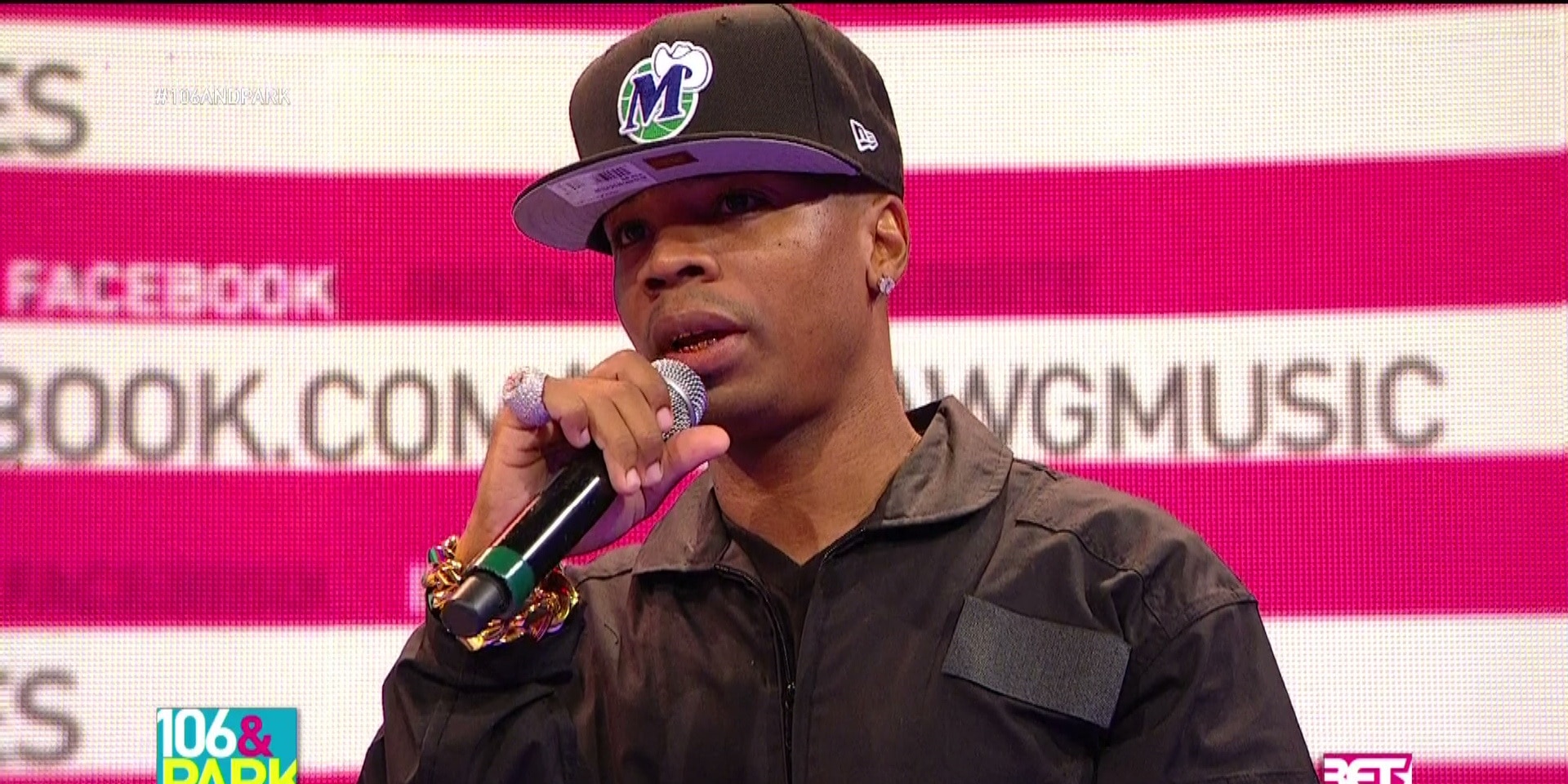Have you ever looked at a product, perhaps some sturdy wood or a soft blanket, and wondered about its "ply" count? It's a common term, yet what it truly means for the item's quality and usefulness can sometimes feel a bit hazy. So, how much plies worth, really, when you are trying to make a smart choice? This isn't just about a number; it's about understanding the significant impact those layers have on durability, comfort, and overall performance.
When we talk about "much," we are talking about something great in quantity, amount, extent, or degree, as in "a large amount or to a large degree." Similarly, when we consider how much plies are worth, we are asking about the substantial extent or level of benefit these layers bring to a product. It indicates a notable difference in how something performs or feels. You know, like your favorite shirt that just feels better because of how it's made.
Understanding ply can help you make better decisions, whether you are buying new towels, selecting building materials, or even picking out yarn for a project. It helps you see beyond the surface, to the actual structure that gives an item its strength, softness, or resilience. It's about knowing what you are getting for your money, and frankly, that's pretty important these days, wouldn't you say?
Table of Contents
Understanding What "Ply" Means
Why Ply Matters: The Core of Its Value
Strength and Durability
Comfort and Feel
Insulation and Protection
Cost and Quality
Ply Across Different Materials
Plywood and Wood Products
Yarn and Textiles
Paper Products
Tires and Rubber
Evaluating "How Much Plies Worth" for You
Considering Your Needs
Checking for Quality Indicators
Reading Reviews and Seeking Advice
Frequently Asked Questions About Ply
Making Informed Choices
Understanding What "Ply" Means
The word "ply" simply refers to a single layer, strand, or thickness of material. When you hear about something being "2-ply" or "3-ply," it means it is made up of two or three such layers twisted, bonded, or woven together. This layering is done for a very good reason, you see, to change the characteristics of the final product. It is a fundamental concept in many industries, from construction to fashion.
Think of it like this: a single piece of string might be easy to break. But if you twist several strands together, it becomes much stronger, doesn't it? That's the basic idea behind ply. Each additional layer contributes to the overall integrity and performance of the item. It's a way to build up a material, adding a bit more substance and usually, more strength or softness. So, in some respects, it's about building a better product from the ground up.
The concept of "much" here is truly about the great quantity or degree of improvement that comes from adding these layers. A higher ply count often means a larger amount of material, which can lead to a greater degree of something desirable, whether it's toughness or a soft touch. It's a simple idea, but it has a big impact on what something is actually capable of. And that, you know, is pretty neat.
Why Ply Matters: The Core of Its Value
So, why do manufacturers bother with different ply counts? The answer lies in the specific benefits each additional layer brings. The "worth" of ply isn't just an abstract idea; it translates into tangible advantages for the user. It can influence everything from how long an item lasts to how comfortable it feels. Frankly, it's a big deal when you are thinking about value.
When you are looking at how much plies worth, you are really asking about the significant benefits derived from those layers. This is where the concept of "much" comes into play again, indicating a substantial extent of improvement. It is a direct link between the construction of an item and its real-world performance. You might say it's about getting a lot more out of what you buy.
Strength and Durability
One of the most immediate benefits of higher ply is increased strength. More layers mean more material to distribute stress and resist tearing or breaking. For instance, a 5-ply piece of plywood will be much harder to bend or snap than a 3-ply one. This added strength means the product will typically last longer and withstand more wear and tear. It's about building something that can really take a beating, if that makes sense.
This increased durability is where a lot of the "worth" comes from. A product that lasts longer saves you money in the long run because you do not have to replace it as often. Think about car tires; a higher ply rating often means they can carry heavier loads and resist punctures better. So, for instance, you get a lot more mileage, literally, out of your purchase. That's a pretty good deal, actually.
Comfort and Feel
For textiles and paper products, more plies often mean a softer, more luxurious feel. A 2-ply toilet paper, for example, is generally softer and more absorbent than a 1-ply version. Similarly, a higher-ply yarn creates a thicker, cozier fabric. This is where the "much" relates to a great degree of comfort or a large amount of pleasant sensation. It is about the sensory experience, in a way.
This comfort factor is a significant part of "how much plies worth" in items you touch regularly. It enhances the user experience, making everyday items feel a bit more special. A fluffy 6-ply towel, for instance, feels incredibly plush and absorbent compared to a thinner one. You know, it just feels so much nicer against your skin, doesn't it?
Insulation and Protection
Multiple layers can also provide better insulation or protection. In clothing, multi-ply fabrics can trap more air, offering warmth. For packaging materials, more plies can offer better cushioning and impact resistance. This aspect of ply adds a layer of safety or comfort that might not be immediately obvious. It's about adding a bit of a protective barrier, perhaps.
The protective qualities contribute greatly to the overall worth. For instance, a multi-ply cardboard box is much better at protecting fragile items during shipping. It can make a real difference in preventing damage. So, in that case, the ply count is really worth a lot in terms of peace of mind, you could say.
Cost and Quality
Generally, more plies mean more material and a more complex manufacturing process, which often translates to a higher cost. However, this higher cost usually comes with a significant increase in quality, durability, or comfort. The question of "how much plies worth" often boils down to whether the added benefits justify the extra expense. It is a balance, naturally.
It is not always about simply choosing the highest ply count; it is about finding the right balance for your specific needs and budget. Sometimes, a moderately plied item offers the best value. For instance, a very high-ply product might be overkill for a simple task. So, you know, it is about getting the right amount for what you need, not necessarily the most.
Ply Across Different Materials
The meaning and impact of ply can vary quite a bit depending on the material. What "much" means in terms of ply for a wooden board is different from what it means for a piece of fabric. Understanding these differences helps you apply the concept correctly across various products. It's like, each material has its own little story to tell about ply.
The "worth" of ply is always tied to the material's intended use and its inherent properties. For example, the way layers are bonded in plywood is very different from how strands are twisted in yarn. Each application brings its own unique considerations to the table, and that's pretty interesting, actually.
Plywood and Wood Products
In plywood, "ply" refers to the thin sheets of wood veneer glued together with their grain alternating directions. This alternating grain is what gives plywood its incredible strength and stability, resisting warping and splitting better than solid wood. A higher ply count, say 7-ply versus 3-ply, means a thicker, stronger, and more stable board. This is where the "much" in "how much plies worth" really shines, indicating a great degree of structural integrity.
For construction or furniture making, choosing the right ply count for plywood is absolutely vital. A project requiring high structural integrity, like flooring or a sturdy workbench, will need more plies. For decorative purposes or lighter use, fewer plies might be perfectly fine. So, for instance, you would not want to skimp on plies for something that needs to hold a lot of weight, would you?
Yarn and Textiles
With yarn, "ply" refers to the number of individual strands twisted together to form a single thread. A 2-ply yarn has two strands, while an 8-ply yarn has eight. More plies generally result in a thicker, stronger, and often softer yarn. This impacts the drape, warmth, and feel of knitted or crocheted items. The "much" here speaks to the great amount of softness or warmth you might get.
For textiles like towels or bedding, ply often refers to the number of yarns woven together in a certain way, or sometimes the number of loops in a towel pile. Higher ply towels, for example, are usually thicker, more absorbent, and feel more luxurious. It's about creating a really plush and comfortable experience, basically.
Paper Products
For paper products like toilet paper, paper towels, or tissues, ply refers to the number of layers of paper. A 1-ply product is a single sheet, while a 2-ply or 3-ply product consists of multiple sheets bonded together. More plies typically mean greater absorbency, softness, and strength, making them less likely to tear during use. This is where the "much" is about a great degree of effectiveness and comfort.
When you are picking out paper goods, the ply count directly affects how much you use and how well it performs. A higher ply might mean you use less per wipe, saving you money over time, even if the initial cost is higher. So, in a way, it is a small detail that can add up to a pretty big difference.
Tires and Rubber
In tires, "ply rating" indicates the relative strength and load-carrying capacity of the tire. Historically, it referred to the actual number of cotton layers in the tire's casing. Today, with synthetic materials, it is more of an index representing equivalent strength. A higher ply rating means the tire can handle heavier loads and is more resistant to punctures. This is where "how much plies worth" directly relates to a great degree of safety and utility.
For vehicles, especially trucks or those carrying heavy loads, the ply rating is a very important safety consideration. It ensures the tires can safely support the weight and withstand the stresses of the road. You know, it is pretty important to have tires that can handle what you throw at them, right?
Evaluating "How Much Plies Worth" for You
Deciding how much plies worth really depends on your specific situation and what you need the product to do. It is not a one-size-fits-all answer. It is about matching the product's construction to your expectations and requirements. This is where your personal needs really come into play, naturally.
The "much" in "how much plies worth" here is about the extent to which the ply count meets your individual demands. It's about finding the sweet spot where the quality and features align with what you are looking for. And honestly, that can be a bit of a personal journey.
Considering Your Needs
Before you buy, think about how you will use the item. Do you need maximum durability for a construction project, or is softness for a blanket your main priority? Will the item face heavy wear and tear, or is it for light, occasional use? Your answers will guide you toward the appropriate ply count. For instance, if you are building a treehouse, you will want something sturdy, won't you?
For example, if you are buying paper towels for everyday spills, a 2-ply might be perfectly adequate. But if you need something super absorbent for big clean-ups, a 3-ply might be a better choice, even if it costs a little more. It is about getting the right tool for the job, in a way.
Checking for Quality Indicators
Beyond just the ply count, look for other signs of quality. For wood products, check for consistent thickness and good bonding. For textiles, feel the material and look at the weave. Sometimes, a well-made lower-ply product can outperform a poorly made higher-ply one. It is about the overall craftsmanship, you know.
Reading product descriptions carefully and looking at material composition can give you more clues. A high ply count is a good indicator, but it is not the only one. Always consider the whole picture. So, you know, do a little bit of homework before you buy, it really helps.
Reading Reviews and Seeking Advice
Customer reviews can offer real-world insights into how a product performs in terms of its ply. People often share their experiences with durability, softness, or strength. Asking for advice from experts or people who have experience with similar products can also be very helpful. It is like getting a second opinion, which is always a good idea, apparently.
For example, if you are unsure about which plywood to use for a specific project, talking to someone at a hardware store or an experienced carpenter can provide valuable guidance. They can help you understand how much plies worth for your particular application. You might be surprised at what you learn, actually.
Frequently Asked Questions About Ply
People often have similar questions about ply, and getting clear answers can really help. Here are some common ones that come up, you know, when people are trying to figure things out.
Is a higher ply count always better?
Not always. While more plies often mean greater strength, softness, or absorbency, it also usually means a higher cost. The "best" ply count really depends on what you need the product for. For instance, a very high-ply product might be overkill for a simple task, so you are just paying extra for something you do not really need.
Does ply count affect the lifespan of a product?
Yes, it often does. Products with more plies tend to be more durable and resistant to wear and tear, which can extend their lifespan. For example, a multi-ply tire can typically handle more mileage and resist punctures better than a single-ply one. So, in that way, it can certainly make a difference in how long something lasts.
How can I tell the ply of a product if it is not listed?
Sometimes, it is hard to tell just by looking. For textiles, you might feel the thickness or try to see if you can separate strands. For wood, you might be able to see the layers on the edge. If the ply count is not listed, you might look for other quality indicators or check product reviews. You know, sometimes you just have to do a little detective work.
Making Informed Choices
Understanding how much plies worth truly empowers you as a consumer. It allows you to look beyond simple marketing claims and assess the real value of a product based on its construction. By considering your needs and knowing what to look for, you can make choices that truly serve you well. It is about being a smart shopper, basically.
Whether you are picking out new sheets, selecting lumber for a home improvement project, or even just buying paper towels, a little knowledge about ply goes a long way. It helps you get the most out of your purchases, ensuring they meet your expectations for quality and performance. To learn more about product quality on our site, and to explore related topics, feel free to check out our other articles. You know, it is pretty neat how a little bit of information can make such a big difference.
As of November 27, 2023, the importance of understanding material properties like ply remains as relevant as ever, helping people make wise decisions in a world full of choices. So, you see, knowing about ply is a skill that really keeps on giving.
For further reading on material science and manufacturing processes, you might find this external resource helpful: ScienceDirect - Ply.



Detail Author:
- Name : Haven Rosenbaum
- Username : leuschke.leslie
- Email : vito47@hotmail.com
- Birthdate : 1987-12-08
- Address : 18911 Wolf Lane Suite 611 Murazikmouth, WV 57161
- Phone : +1-971-824-7310
- Company : Padberg-Hamill
- Job : Correctional Officer
- Bio : Dolore aliquid occaecati asperiores quo odit totam at. Qui rerum iusto tempore ratione. Officiis ut at et optio amet.
Socials
instagram:
- url : https://instagram.com/juniorharvey
- username : juniorharvey
- bio : Vel blanditiis eveniet dolor deleniti. Aliquam magnam sint voluptas amet accusantium quas et.
- followers : 4251
- following : 2296
twitter:
- url : https://twitter.com/harvey2019
- username : harvey2019
- bio : Et aut quis rem. Voluptatem fugit sed quia consequuntur at. Aliquam fuga minus aut rerum quaerat error ut.
- followers : 637
- following : 2822